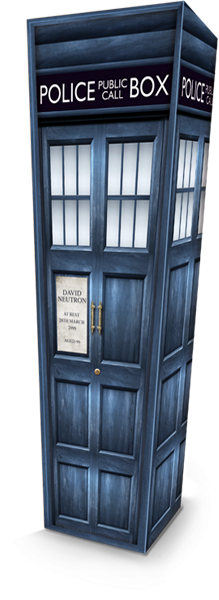You may not know that keeping a deceased person at home is legal in all US states except Connecticut, Delaware, Indiana, Nebraska and New York. What this means is that you can have your loved one at home until they are buried or otherwise disposed of. Apparently we are returning to the old ways in these matters. There are an increasing number of people who feel comfortable having their lately deceased tucked up in bed, or laid out on the dining room table for visitors to view.
If you see death as just a part of life, you may feel comfortable holding an intimate event such as a viewing in the familiar setting of your home. It may cause less grief and stress and be more flexible than staging it in a Chapel of Rest. And having your loved one at home allows you some time to say goodbye, quietly and privately. And to be practical, keeping the body at home cuts a big chunk out of the exorbitant cost of a funeral.
Another way to save money is to have your casket pre-made. Funeral parlors are governed by a code of ethics which obliges them to show you all casket prices but it is not unknown for them to say that the $500 casket is out of stock but the fancy $2500 one is right here and ready. Save yourself the aggravation – and get some nice furniture you can use in your lifetime. There’s a carpenter in Port Townsend, WA, called Outhouse Charlie (outhousecharlie.com)who will make you a custom-built coffin you can live with. During your lifetime you can use it as a gun cabinet, a bookcase, a blanket box,or whatever you specify to him. But when you shuffle off your mortal coil, your furniture doesn’t become a problem for the heirs – it turns into your very own coffin. Charlie suggests such quaint touches as fixing some pin-ups on the inside of the lid.

If you don’t want to stretch to that much cash but you like the idea of having a coffin handy, try the range of cardboard or particle board caskets at Matthews Cremation, “Dignified to view, yet practical to burn.” (matthewscremation.com) Their caskets meet Federal Trade Commission regulations for an “alternative container”, and their models look like real coffins but can be put together without tools and will burn or biodegrade quickly.
Now in most places it’s OK to bury your loved one on your land but you must check with the local authorities regarding the rules for groundwater, disposal, etc. and you must realize that not everyone will share your devotion to the deceased. House values can come down by around 50% if there’s a grave in the lawn.
Another financial consideration is embalming. Whatever your funeral parlor tells you, embalming is not required by any state or federal law. The funeral company may require you to embalm if you plan to hold a viewing on their premises but you should be able to ask around until you find one that does not have this requirement. (As with all funeral planning this is much better done in advance of the need. You’ll be so stressed you could agree to anything. It’s much better to do it when you’re hardheaded and calm.) For some reason (probably financial) the undertaking industry persists in propagating the myth that embalming is more hygienic. In most cases, so long as the corpse is kept cool enough you should be fine. Embalming only becomes necessary if the body will not be interred or cremated promptly, or if it is to be shipped across country by public carrier. Only Alabama, Alaska and New Jersey have rules about transporting unembalmed bodies across state lines. It’s also legal to transport bodies in your car provided you have the right paperwork. Hospitals are gradually becoming more used to people trying to cut funeral costs and most are professional enough to offer dignified assistance. For more on your legal rights regarding funerals go to funerals.org.
In Europe, eco-burials are very popular. Areas of natural beauty are set aside for the commitment of a body. The aim is to return the body to the land in as natural a manner as possible. Graves are marked with rocks and indigenous flowers rather than statuary and the aim is to meld back into nature rather than creating something as formal as a cemetery. These haven’t yet caught on much in the US although there is a well-established natural burial center in Westminster, SC, called Memorial Ecosystems (memorialecosystems.com).
In general, powerful interests with political clout run the funeral industry and they are most reluctant to give up their lucrative practices. Just remember that most of the “bells and whistles” that go with a funeral are relatively recent inventions – mostly Victorian – and a great excuse to stiff you by making you feel guilty for not giving your loved one an opulent enough send-off. As with many things, the fringe activists are taking on the establishment and the green-burial lobby is gradually making inroads into the traditional undertakers’ market.
Resources
www.cardboardcasket.com— Funeral alternatives.
www.outhousecharlie.com — Death with a smile
www.who.int/en/— The World Health Organization
www.memorialecosystems.com— Eco burials
www.funerals.org— Caring for your dead – find out the rules in your state and use their helpline.
www.cdc.gov– Centre for disease control

